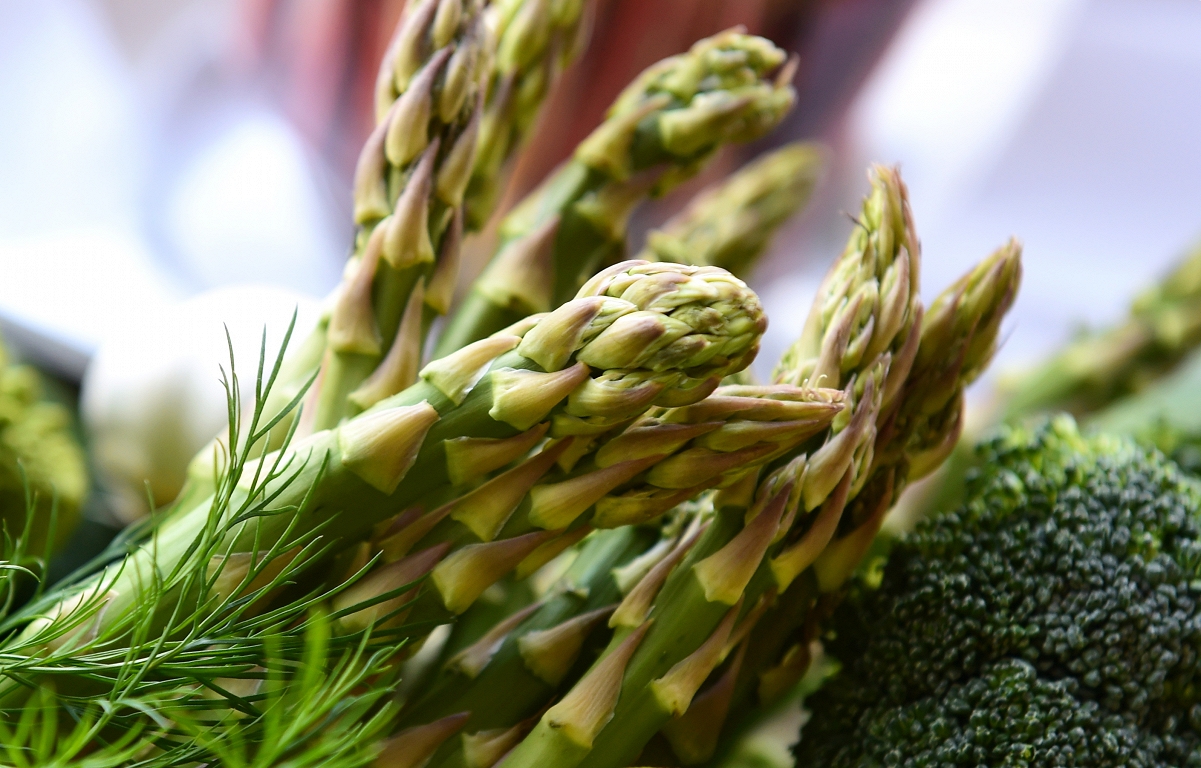The asparagus season / day

In many places, farmsteads can still be seen in the bushy green asparagus, or asparagus bushes, whose branches were once used to make the bouquets of flowers visually larger.
Yes, Latin asparagus is asparagus, and is curative, indicated by their name Asparagus officinalis. In turn, the word « asparagus » has come from German Spargel.
In Riga, Sparģeli Street is still there in the area of Ziedoņdārzs. One hundred years ago, there was a large gardening where not only asparagus, but even watermelons and melons were picking up.
In recent years, Latvian farmers have also begun to grow asparagus, and in 2023 their area reached 23 hectares. The asparagus season runs from May to June. The most common are green asparagus in Latvia because they are more resilient in our climate and easier to grow. White asparagus is more often imported.
Asparagus is one of the first spring vegetables that appear in markets and gardens, giving the news of the start of the warm season. They are rich in fiber, vitamins and antioxidants. Asparagus contains low calorie, making them a great choice for weight control or detoxification diets.
White, purple and green asparagus are available in stores. They are all different shapes of the same plant species, but differ in the type of cultivation and in taste, texture and nutritional value.
Green asparagus grows in sunlight, and chlorophyll (which forms green color) develops as a result of photosynthesis. They have a more pronounced, slightly stabbed or nuty taste with a light bitterness note. In texture, they are firm but crisp, especially the thinner shoots.
White asparagus is grown under the soil or covered with black film to prevent sunlight and photosynthesis – so they are also white. In terms of taste, they are softer, less bitter, with light sweetness. The texture is softer, but often more fibrous – they are usually peeled before cooking.
Violet asparagus grows in the sun just like green asparagus, but it is another subtitle of asparagus that is particularly popular in Italy and England. These shoots are stronger, in taste – softer, sweeter, contain less fiber, resemble peas or corn. The characteristic purple color is provided by high anthocyanin levels (powerful antioxidant). The texture is often softer for them than for green, also suitable for eating fresh.
Asparagus can be cooked, steamed, grilled, baked or even eaten raw, especially in new and thin shoots. The easiest way is to roast them in a pan with olive oil, adding a little salt and lemon juice. The asparagus fits perfectly with egg dishes (such as omelette or Benedicted egg), cheeses, fish and creamy or egg sauces. Fresh asparagus is best consumed within a few days of purchase by storing them in a refrigerator vertically in a glass of water or wrapped in a wet paper towel.







